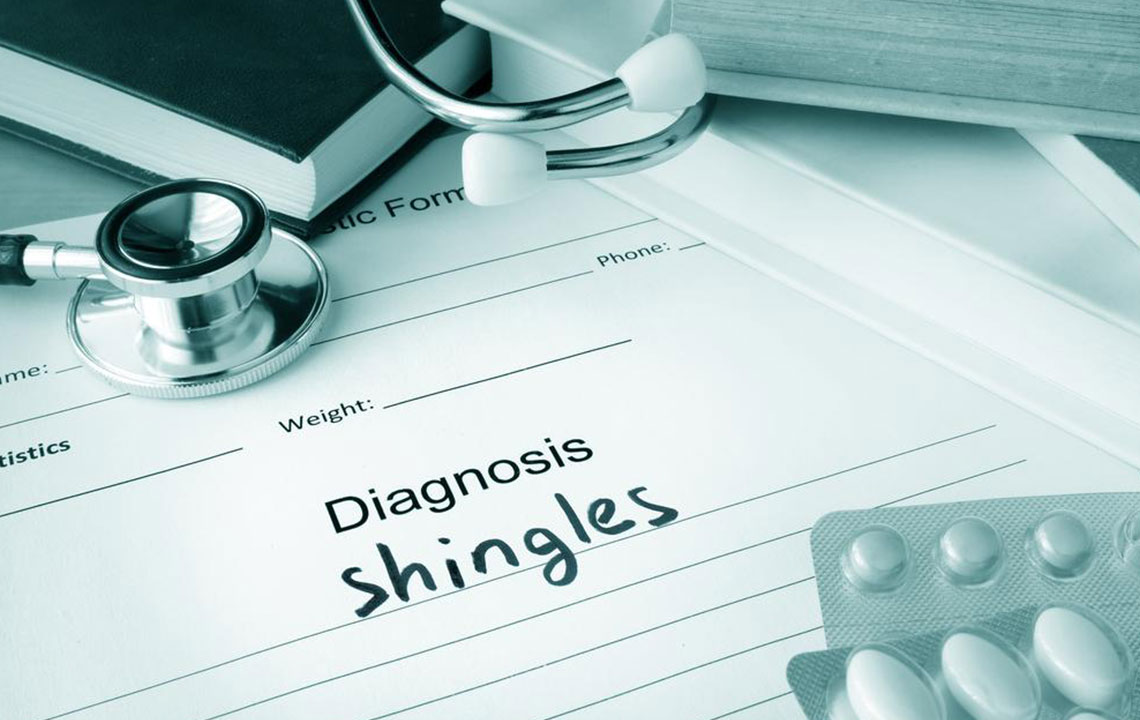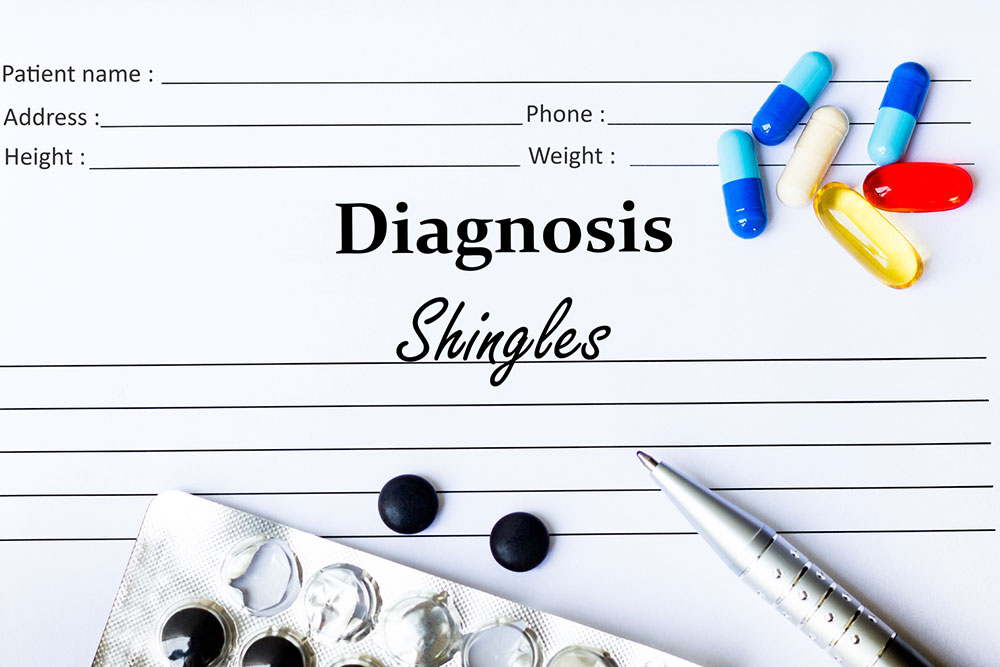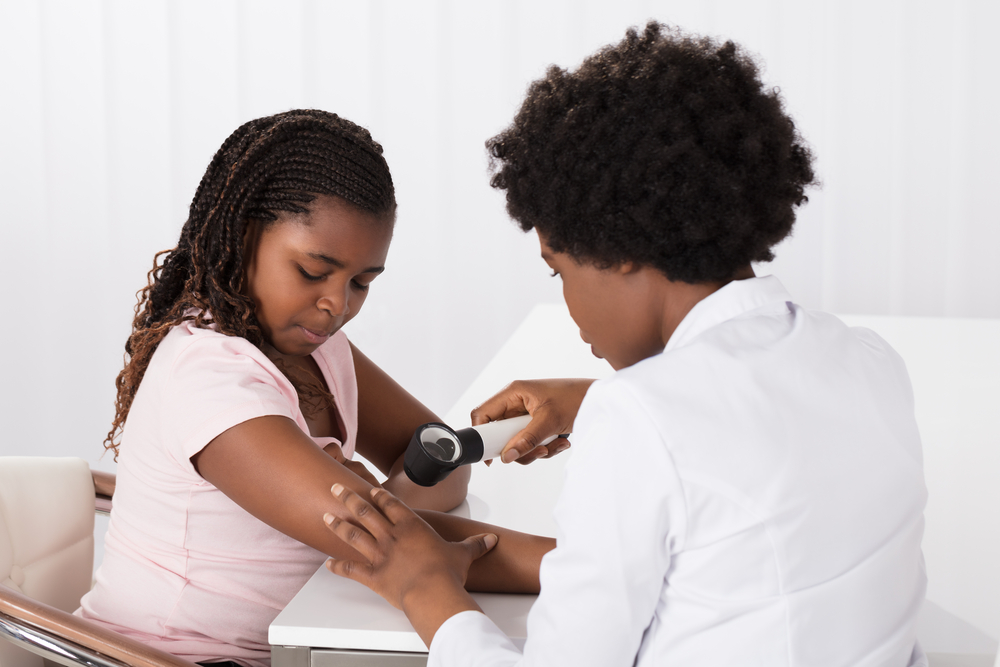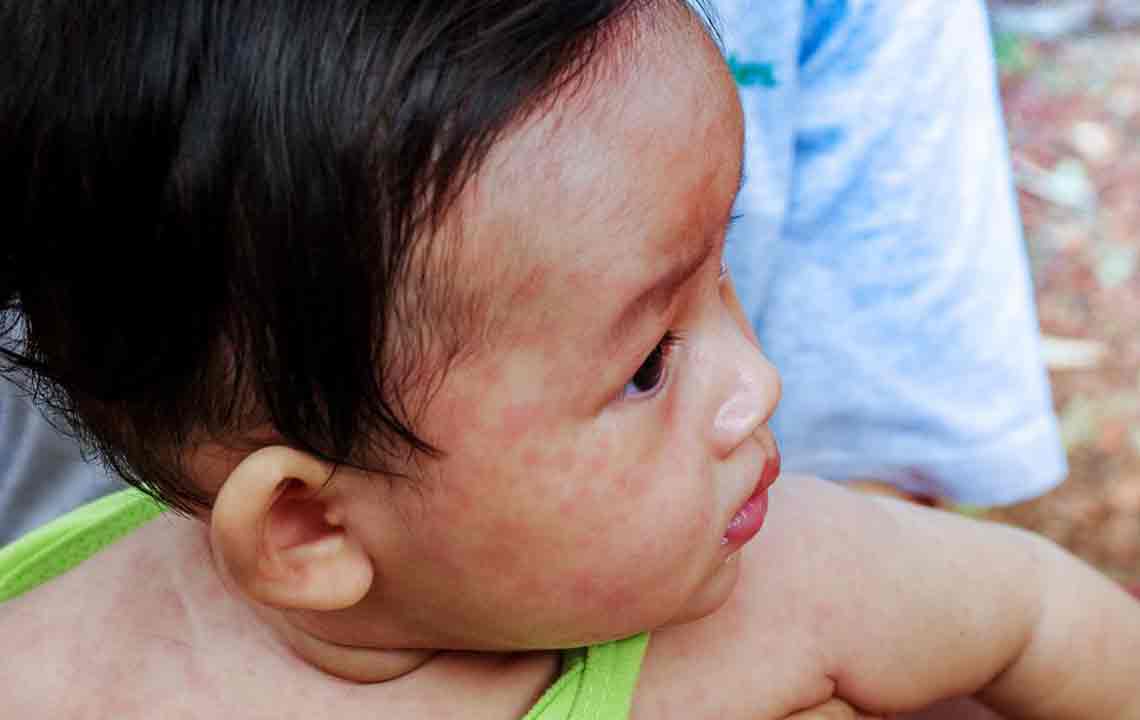Comprehensive Guide to Shingles: Causes, Symptoms, Prevention, and Treatment
Shingles, caused by the reactivation of the varicella zoster virus, presents as painful skin rashes and can lead to complications like nerve pain. Early recognition, antiviral treatment, and vaccination are key to managing this condition effectively. This comprehensive guide covers causes, symptoms, preventive measures, and treatment options to help individuals understand and address shingles proactively.

Shingles, also known as herpes zoster, is a painful condition characterized by a distinctive skin rash that usually appears as a streak or band on one side of the face or body. This rash manifests as clusters of blisters that tend to be painful, itchy, and sensitive. The condition is caused by the reactivation of the varicella zoster virus—the same virus responsible for chickenpox. After an initial chickenpox infection, the virus lies dormant in nerve tissues but can reactivate years later, resulting in shingles. Recognizing the early signs of shingles and understanding its causes, symptoms, and management options are vital for effective treatment and reducing the risk of complications.
Causes and Risk Factors of Shingles
Shingles occurs due to the reactivation of the varicella zoster virus, which remains dormant in the nerve cells following a chickenpox infection. The exact trigger for the virus reactivation isn't fully understood, but several factors have been identified that increase the risk of developing shingles. A weakened immune system is the most significant risk factor, which can be caused by aging, illness, or immunosuppressive treatments such as chemotherapy or steroids. Conditions like HIV/AIDS, certain cancers, and organ transplantation can compromise immunity and prompt shingles reactivation.
Psychological stress and emotional trauma also play crucial roles in weakening immune defenses, providing an environment conducive to virus reactivation. Moreover, older adults are at higher risk, particularly those over 50, due to natural immune decline with age. Other factors include chronic illnesses like diabetes, receiving radiation therapy, and certain medications that suppress immune function. Recognizing these risk factors allows for more proactive health management, including vaccination and lifestyle adjustments to bolster immune health.
Identifying the Symptoms and Stages of Shingles
Early detection of shingles is essential to minimize discomfort and prevent complications. The initial symptoms often include pain, tingling, numbness, or a burning sensation on one side of the body or face, typically localized to a specific dermatome — an area of skin supplied by a single nerve. These neurological symptoms may be followed by redness and the development of small, fluid-filled blisters that form a band-like pattern along the affected nerve pathway.
As the rash progresses, blisters may burst, ooze fluid, and eventually crust over and heal. Accompanying symptoms can include fever, headache, fatigue, and sensitivity to light. Some individuals experience heightened nerve pain even after the rash resolves, a condition known as postherpetic neuralgia, which can linger for months or years and significantly impair quality of life.
Understanding these symptoms and their progression enables timely intervention, which can improve outcomes and reduce long-term nerve pain.
Effective Management and Treatment of Shingles
While there is currently no cure for shingles, early treatment can significantly reduce the severity and duration of symptoms, and lower the risk of complications such as postherpetic neuralgia. Antiviral medications like acyclovir, valacyclovir, and famciclovir are most effective when started within 72 hours of rash appearance. These drugs help to inhibit viral replication, lessen nerve damage, and speed healing.
Symptomatic treatment focuses on alleviating pain and discomfort. Over-the-counter pain relievers such as acetaminophen or NSAIDs can help manage mild to moderate pain. For more severe pain, doctors may prescribe stronger medications, including opioids or anticonvulsants like gabapentin. Topical agents like calamine lotion and cooling compresses can soothe itching and reduce inflammation.
Maintaining good hygiene by keeping the rash clean and dry helps prevent secondary bacterial infections. Wearing loose, breathable clothing minimizes skin irritation. In some cases, corticosteroids are prescribed to reduce severe inflammation. Vaccination, such as the shingles vaccine (Zostavax or Shingrix), offers a powerful preventative measure, especially for older adults, significantly reducing the likelihood of outbreak and severity.
Preventive strategies, including vaccination and lifestyle modifications such as stress management, healthy diet, and adequate sleep, play crucial roles in reducing shingles risk. If you experience symptoms consistent with shingles, consulting a healthcare professional promptly is essential for appropriate diagnosis and early initiation of antiviral therapy. Recognizing warning signs early can make a substantial difference in your recovery journey.
In summary, shingles is a complex condition rooted in viral reactivation, with a variety of contributing factors. Although it cannot be cured outright, effective management, prompt antiviral treatment, and preventive measures like vaccination can ease symptoms, speed up healing, and prevent complications. Being informed about this condition empowers individuals to seek timely healthcare and adopt better health practices to reduce their risk.





